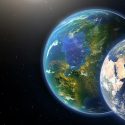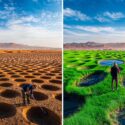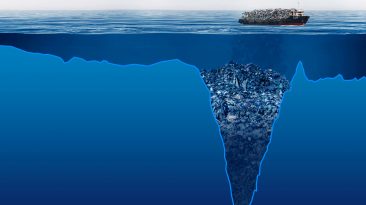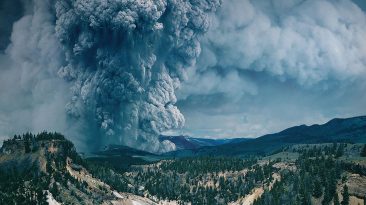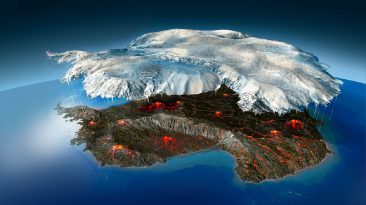Welcome to Earth City. Yeah, you heard that right. You’re not going on a globetrotting tour to see all the planet’s major cities. You’re already there. Today, the entire planet is just one massive city.
How would we build it? How would we get around? And is this a disaster waiting to happen?
Ok, so to imagine what our lives would look like in a continuous, planet consuming city, we need to set the stage. Remember Coruscant in Star Wars? The massive city-wide planet? Yeah, that’s what we’re going for.
First off, we’re going to have to be a Type 1 civilization. Then collectively, we can use all the energy available on our planet.
It also gets rid of the monotony of having all the world’s leaders argue over the direction of Earth City. We all came together and agreed on the urban planning. Ok?
Earth City would likely be divided up into several sectors or zones. Each of these would have its purpose.
For example, you’d have the financial districts, industrial, senatorial, and even entertainment hot spots. The difference is, they’re not taking up a few blocks. They could be taking up the size of a country.
Ok, this is sounding pretty cool, but we have a tough decision to make. We need to decide if our latest urban planning project is going to cover our oceans or not?
Well, here’s the thing. Unless we catch a break and become an interplanetary civilization, we have to make our resources count.
If we did cover all our oceans in our expansive global city, we would need to have advanced technology to back us up. If we didn’t, there would be no ecosystems to support the atmosphere and global temperatures.
We’re thinking, “leave the oceans the way they are.” So, knowing we’re staying on dry land, what would your new digs look like?
Well, you’d likely live in a towering skyscraper. It’s got a heck of a view, but here’s the downside. Homes with backyards or green spaces would become a thing of the past. That space would be used to build more city.
Any green space would need to be artificial or indoors, like botanical gardens or museums. Aww, remember parks? As a direct result, we’re going to have to get a little creative with how we farm.
Without the land needed for agriculture, vertical farming would become necessary. Lab-grown meat would likely be used to feed the growing population.
Right, so these are all things to consider. But I can’t help but worry about one thing. My commute to work. If we turned Earth into one global city, our transit system would need to be spectacular.
The hyperloop system would be a series of tubes meant for passenger or freight transportation. Because they are virtually free of air resistance or friction, the hyperloop could travel at hypersonic speeds, all while being more energy-efficient than our current train systems.
This means we could get to work with enough time to grab a coffee, even when traveling across the world. So, could something like a massive global city actually happen? Well, maybe.
The United Nations says 55% of the world’s population lives in urban areas. This number is expected to increase to 68% by 2050.
That means the city expansion train is going to keep on chugging. Will it go as far as to convert the whole planet into one major city? Probably not.
How can I put this? Humans don’t usually play well with others. Even if we had the advanced technology needed, this would all come down to people cooperating and uniting religions, races, governments, cultures, and classes. So, before our cities can grow, we have to do some growing ourselves.
Sources
- “Global City”. 2021. Encyclopedia Britannica.
- “Chapter 1 – Biological Energy Production”. 2021. fao.org.
- “Coruscant”. 2021. Wookieepedia.
- “Ecumenopolises | Space Talk Blog”. 2021. spacetalkblog.com.
- “Urbanization: 95% Of The World’s Population Lives On 10% Of The Land” sciencedaily.com



